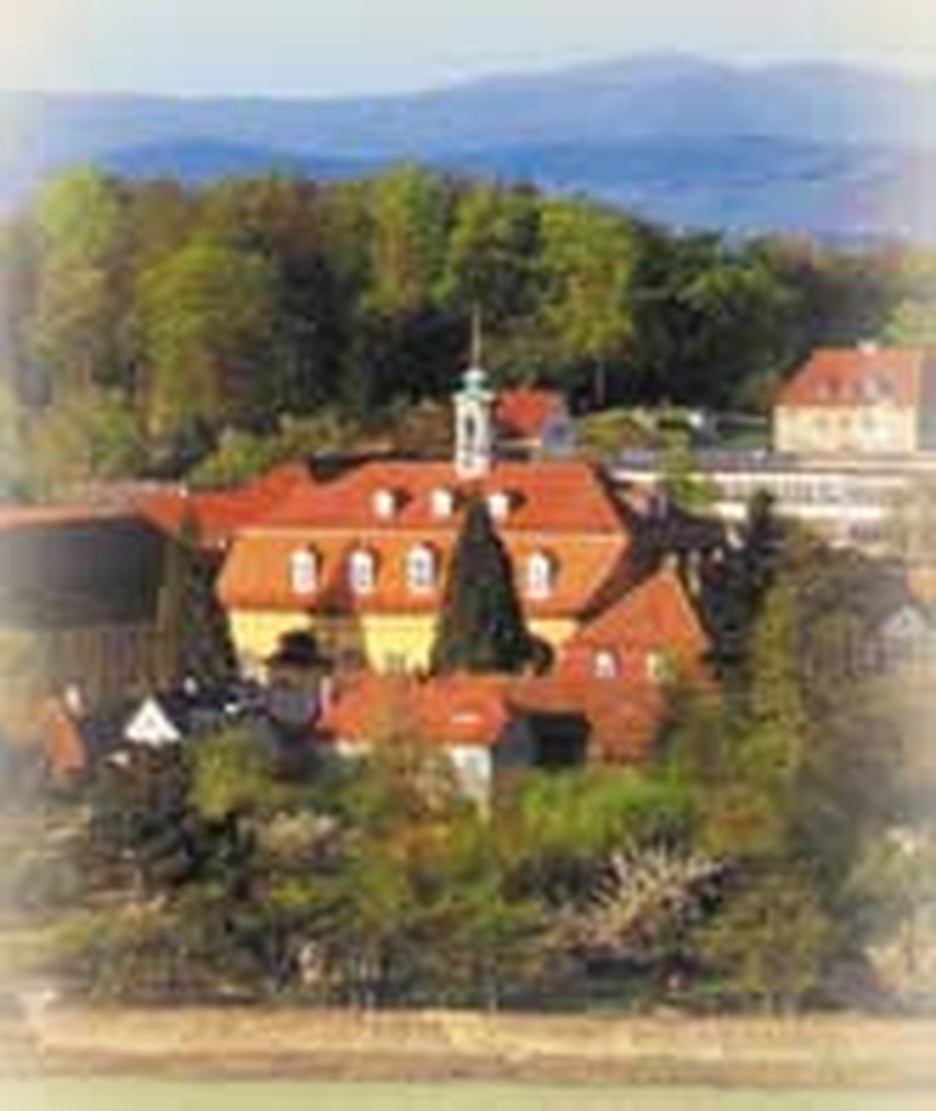
The village of Herrnhut, "The Lord's Watch," (in present day Germany) came about because on this day June 17, 1722 a little band of religious fugitives from Moravia (in the modern Czech Republic) asked Count Ludwig von Zinzendorf if they might settle on his land. The Count agreed. One Moravian leader was Christian David, a potter who burned with zeal for the things of the Lord.
Zinzendorf, too, was a man of deep religious conviction and piety. At six he had written love letters to Christ. Deeply influenced by Francke and Spener's Pietism, the Count was only kept from becoming a minister by the raw exertion of family and state authority. Nonetheless, he and his wife had dedicated their lives completely to Christ. Eventually he would be chosen bishop of the Moravians. Zinzendorf was appalled at the divisions between churches and hungered to unite the different factions in a spiritual peace. He was the first to speak of "ecumenism." At Herrnhut he learned what the Holy Spirit could accomplish in breaking down denominational walls.
Herrnhut had become a gathering place for many religious exiles. These spoke different languages and had differing customs. Creeds varied. Lutherans, Schwenkfelders, Separatists, Reformed and Brethren lived side by side. Squabbles developed. Zinzendorf found himself moving from home to home speaking with families of their spiritual need. The people began to study the Bible, hold all-night prayer vigils and confess their sins one to another. Zinzendorf established "bands," groups of two, three or more who would encourage each other spiritually. Plans were drawn up to reorganize and unify the community. A sense of expectancy grew.
On August 13, 1727, at a baptism and communion service, the Holy Spirit moved through the room. Differences dissolved. All embraced one another in forgiveness and a spirit of love. Christ became central to their thinking. They established a twenty-four hour around-the-clock prayer vigil which lasted one hundred years. The fervent prayers resulted in the sending out of missionaries to many lands--the first Protestant missions outside Europe and North America. Thus Herrnhut reached out and touched other lands. Moravians influenced John and Charles Wesley. Moravian missionary zeal prompted William Carey's efforts to reach India for Christ. "See what these Moravians have done," he said in his appeal to have missionaries commissioned.
Herrnhut was a busy and industrious place. Spinning, weaving, carpentry, pottery, farming and missionary training went on unceasingly. Each evening Zinzendorf selected a scripture to be the watchword for the next day. Often he wrote a hymn to accompany the word. Saturdays and Sundays were days of prayer and worship. Almost every day, each band met to exhort, reprove and pray for one another. Single women and single men lived in separate buildings. In a special home, the children of missionaries were cared for. Truly Herrnhut became a remarkable experiment in Christian community as well as a major catalyst for Protestant missions.
Bibliography:
- Christian History Institute. "The Homeless Piled in; Missionary Pioneers Poured out." Glimpses # 127.
- Langton, Edward. History of the Moravian Church. London: George Allen and Unwin, Ltd., 1956.
- "Moravian Brethren" and "Zinzendorf, Nikolaus Ludwig Graf von." The Oxford Dictionary of the Christian Church. Edited by F. L. Cross and E. A. Livingstone. Oxford, 1997.
Last updated April, 2007.







